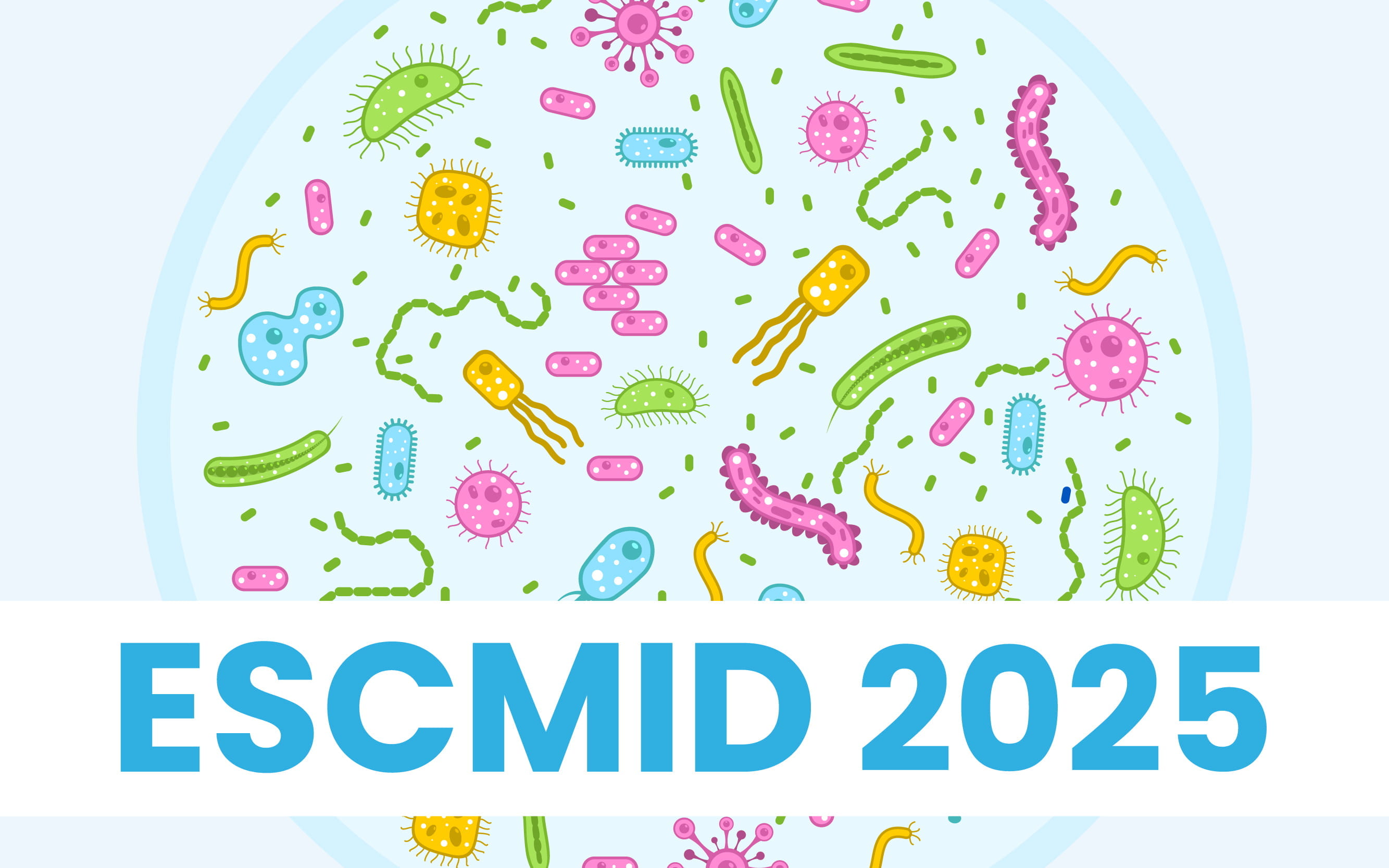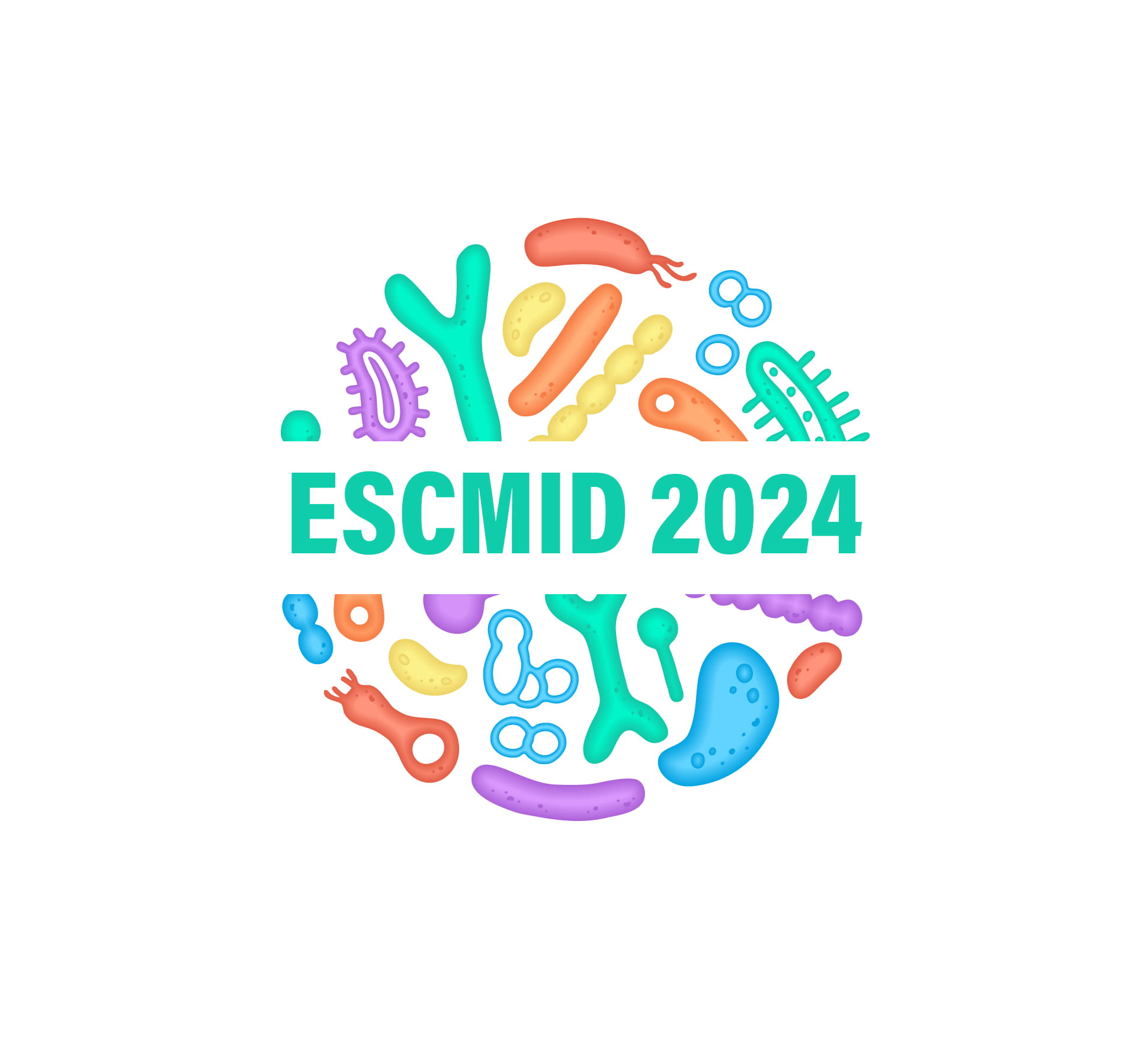ESCMID 2025: Late-Breaker Research from the Lancet group: New Interventions for Familiar and New Infectious Diseases
The WHO Bacterial Priority Pathogens List: Guiding Research and Development, and Informing Innovative Public Health Strategies to Address Antimicrobial Resistance
Speaker: Dr. Hatim Sati, Switzerland
Key Highlights:
AMR: A Critical Global Health Threat
Antimicrobial Resistance (AMR) continues to be one of the most significant global health threats. According to the Global Burden of Disease Study 2024, AMR was linked to approximately 4.7 million deaths in 2021, with 1.1 million directly attributed to resistant infections. Projections indicate that by 2050, AMR could cause over 8.2 million deaths annually if no action is taken, disproportionately affecting low- and middle-income countries, especially in:
-
Southeast Asia
-
Latin America
-
Western Sub-Saharan Africa
Global Action Plan and WHO’s Strategic Response:
The WHO released the first Global Action Plan on AMR in 2015, and it is currently under revision. The initial plan focused on five strategic areas:
-
Raising awareness and understanding of AMR
-
Strengthening surveillance and research
-
Reducing infection incidence through infection prevention and control
-
Optimizing the use of antimicrobials
-
Promoting sustainable investment in new tools, antibiotics, diagnostics, and interventions
Bacterial Priority Pathogens List (BPPL):
Soon after the plan’s adoption, member states (led by Germany) requested a priority pathogens list to guide R&D investments. WHO responded by:
-
Publishing the first list in 2017, later published in The Lancet Infectious Diseases
-
Guiding global R&D funding, leading to the development of ~13 new antibiotics with activity against listed pathogens
-
Influencing national AMR strategies and programmatic planning beyond its original R&D purpose
Need for an Updated Pathogen List:
-
Pathogen resistance evolves constantly. Recognizing this, the advisory group recommended revisiting the list every 5–7 years to:
-
Reflect new data and evidence
-
Integrate lessons learned
-
Adapt to emerging resistance patterns
Methodology for List Update: The updated list uses a multiple criteria decision analysis approach, similar to 2017. Pathogens are ranked based on:
-
Disease burden
-
Resistance and treatability
-
Transmissibility
-
Other key parameters
Pathogen Prioritization Process:
-
Targeted Literature Review: The team conducted a review that identified seven relevant lists, which were discussed through roundtables with an advisory group. A modified Delphi survey was then used to determine the preliminary pathogen list.
-
Pathogen Selection:
-
Five antibiotic bacterial phenotypes from 2015 were excluded, and four were nominated to be included.
-
A final list of 24 pathogens was selected based on consensus.
-
Criteria Development
-
2017 Criteria: Initially, 10 qualitative criteria were used, but this round streamlined it to 8, four of which were informed quantitatively.
-
A matrix was developed to define the criteria, with numerical scoring and qualitative indices for some.
-
Pathogen Assessment: Pathogens were assessed against the 8 criteria based on evidence, with varying performances noted for each pathogen. This was displayed using an infogram.
-
Weight Assignment: The criteria weights were determined through a survey (Paprika survey). Experts were asked to rank pathogen characteristics in hypothetical comparisons, akin to comparing cars with different features (e.g., fuel efficiency vs. safety).
-
Survey Results:
-
79% of experts responded fully to the survey.
-
The highest-weighted criteria were treatability, mortality, and 10-year resistance trends, collectively accounting for 50% of the total weight.
-
Consistency and Agreement: The results showed robust consistency with near-perfect Spearman's rank and Kendall's coefficient correlation, indicating strong agreement across all expert responses.
Final Ranking of Pathogens:
Pathogens were ranked on a scale from 0 to 100%. The highest-ranking pathogen was Carbapenem-resistant Klebsiella pneumoniae, with 84%, while the lowest-ranking was Group B Streptococcus at 28%. Among gram-positive bacteria, vancomycin-resistant Enterococcus faecium and MRSA received the highest scores. Pathogens commonly associated with community-acquired infections, such as Salmonella Typhi and Shigella, were also assessed.
Conclusion:
The updated BPPL remains a cornerstone tool in the global fight against AMR, now refined with broader input, improved methodology, and a sharper focus on public health needs. While guiding pharmaceutical development, it also increasingly informs national policy and prevention programs, underscoring its growing multidimensional value in global health security.
ESCMID Global, April 11-15, 2025, Vienna



